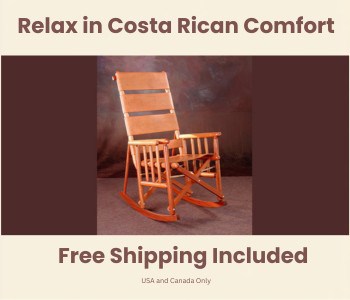Oct. 18, 2010: Nicaragua begins dredging the border of the Río San Juan with the goal of facilitating better navigation on the river.
Oct. 21: Costa Rica denounces that Nicaragua allegedly moved sediment from the dredging operation onto Isla Calero, causing environmental damage.
Oct. 22: The Costa Rican government formally protests an “invasion of territory” to the Nicaraguan government. Costa Rica sends 150 police to Isla Calero. The Nicaraguan army denies that it trespassed onto a farm in Costa Rican territory.
Oct. 23: Nicaragua’s President Daniel Ortega sends troops to the border to “combat drug trafficking.”
Oct. 24: Costa Rica opens an investigation into environmental damages allegedly caused by the dredging of the river. Costa Rican police withdraw from the disputed area and Nicaraguan soldiers place a flag on the site.
Oct. 27: Nicaragua reports violations of “armed Costa Rican forces in Nicaragua territory.”
Nov. 1: Costa Rica shows photographs of Nicaraguan soldiers on the Isla Calero and asks the Organization of American States (OAS) to convene on the issue. Nicaragua announces it will ask the International Court of Justice to define the limits of the disputed zone.
Nov. 3: First session of the OAS begins to analyze the conflict.
Nov. 5: OAS Secretary General José Miguel Insulza begins trips to San José and Managua.
Nov. 6: Costa Rica’s President Laura Chinchilla announces that Costa Rica will go to the Security Council of the United Nations if the mediation of the OAS fails.
Nov. 7: Insulza flies over the disputed part of the border.
Nov. 12: The OAS approves a resolution that asks Nicaragua to withdraw its troops, which the Ortega government rejects.
Nov. 16: Costa Rica condemns Nicaragua before the Ramsar Convention, which is an international organization dedicated to the protection of wetlands.
Nov. 17: The Costa Rican Prosecutor’s Office releases an order for the capture of Nicaraguan Edén Pastora, who is in charge of the Río San Juan dredging, due to the alleged environmental damage.
Nov. 18: Costa Rica files a suit against Nicaragua before the world court for environmental damage and violating Costa Rica’s sovereignty.
Nov. 26: Nicaragua cancels a planned summit with Costa Rica.
Nov. 27: Nicaragua broadcasts a “White Paper” alleging the “the hidden truth about Costa Rica” in the border dispute.
Nov. 30: A mission from the Ramsar Committee visits the zone to verify environmental damage.
Dec. 1: Costa Rica informs the U.N. Security Council about litigation with Nicaragua.
Dec. 3: Nicaragua informs the U.N. Security Council about the litigation with Costa Rica.
Dec. 22: Nicaragua protests an alleged naval incursion and aerial incursion by Costa Rica.
Jan. 7, 2011: Nicaragua rejects the Ramsar committee’s announcement that it’s detected environmental damage, saying that the assessment came only from Costa Rican information.
Jan. 10: Nicaragua’s army claims that Costa Rica is preparing a possible “attack” to “stir up” the border dispute.
Jan. 24: Costa Rica’s Foreign Minister René Castro affirms in Madrid that his country encountered an “armed invasion” by Nicaragua. Nicaragua’s Vice President Jaime Morales Carazo calls Castro’s comments a part of his tour of “meanness” across Europe.
Jan. 31: After Nicaragua removes its troops from the disputed zone, Costa Rica tells the world court that it’s part of an apparent trick.
Feb. 1: The Nicaraguan Institute of Territorial Studies publishes a new map that includes parts of the Isla Calero as Nicaragua territory.
Feb. 24: The Costa Rican government decides not to send its ambassador to Managua.
March 8: The world court orders Nicaragua and Costa Rica not to station military forces or police in the disputed zone. Costa Rica expresses “profound satisfaction” with the decision and Nicaragua emphasizes that the world court did not refer to the incident as an “invasion” and that the country has “the right to dredge” the Río San Juan.






